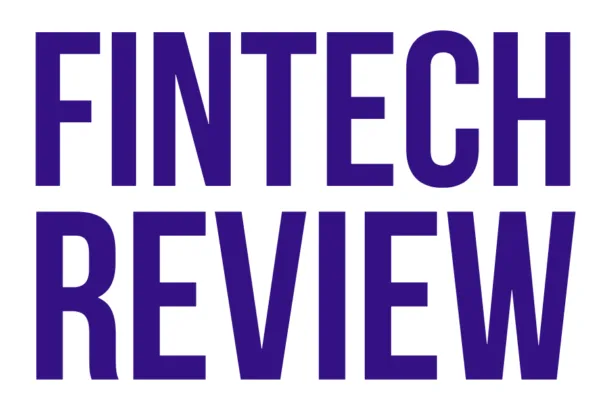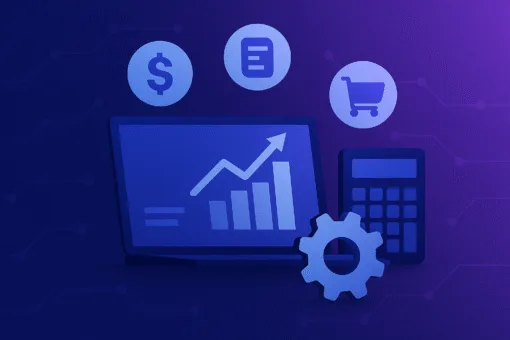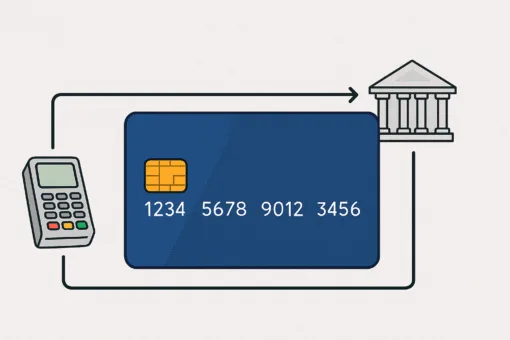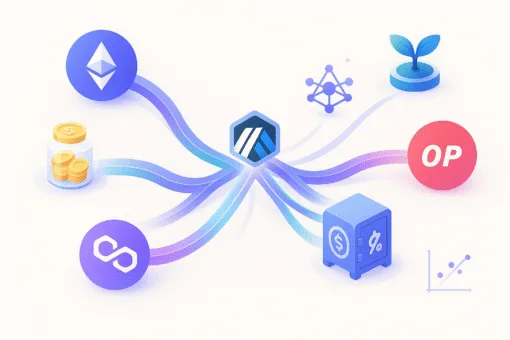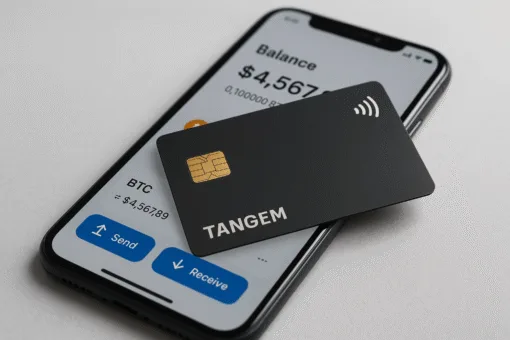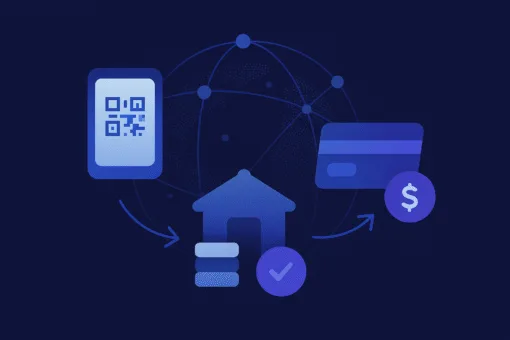Creating an electronic profile for your company is essential to your start-up. However, traditional methods of merchant onboarding take too long to verify your verification. Nowadays, people expect super fast service from companies, and if your company cannot provide quick service, you can’t survive in the modern market.
Merchant onboarding is a long process as it requires checking many backgrounds, such as business name, date of incorporation, address, etc., to create your company’s digital footprints on the internet. It helps your business become more visible and accessible to potential customers or clients. It offers more benefits but achieving them can take much time. Moreover, more than half of consumers fail to complete their onboarding process for several reasons.
The current onboarding process causes 64% of banks to experience a revenue loss since consumers will choose a less complex onboarding process for their company. Fortunately, there is a way to make the onboarding process easier and faster with the help of Digital Merchant Onboarding.
Need for Digital Merchant Onboarding for Financial Institutions

Confirming the client’s identification must be fast and seamless for financial institutions. Many reasons lead banks to provide Digital Merchant Onboarding to their customers and clients. It forces financial institutes to develop a system or software that automatically verifies the identifications of their clients in a second.
Some reasons why banks need a digital onboarding process:
It defines future customer relationships
Getting a new customer or client is difficult and costly. Financial institutes must discover new ways to gain new customers. Merchant onboarding establishes a pillar for the relationship between customers and the bank.
The bank must ensure the first encounter, i.e., the onboarding process is a success. Providing efficient and inexpensive services will have a positive impact on the customer. Many offices adopt work-from-home strategies, and many financial institutes work from home. It causes banks to adapt and provide a secure, simple, and hassle-free digital process to their customers.
People will choose the bank that offers the most appealing digital services, and that bank will gain the most number of new customers.
It makes banking more straightforward and accessible
It is troublesome for people to access legitimate financial services. According to the World Bank, around one-third of the world’s population fails to access these banking services. Many reasons, such as complexity, trouble traveling to the banks, bank’s reputation, etc., are responsible for why people cannot get financial services.

There is a great need for a simple digital process for accessing financial services. Many financial inclusion programs help banks to focus on digital activities. Many banks completely digitize the merchant onboarding process and start using digital IDs to enable electronic KYC.
These processes’ digitization helps customers choose simple and cost-effective financial services. Customers living in remote and rural areas also benefit from the digital onboarding process.
It offers long-term benefits
Digital onboarding has many long-term benefits for both banks and customers. Some long-term benefits include:
- Fast onboarding
The onboarding process with a bank is a long process for customers. This process involves many tasks, including going to the office, standing in long lines, filling out documents, dealing with messengers, and more. The normal onboarding process takes around 3 weeks to verify all the document’s for your company. However, digital onboarding takes 3 minutes to finish the whole process.
- Customer centricity
The company needs the customer at the center of focus to improve customer experience and grow their business. With digital onboarding, banks can keep their customer at the center of focus by understanding their needs and providing straightforward processes. The digital process can adjust according to the demand of the customers.
- Lower operation costs
On-site document handling and filling are costly. However, electronic KYC is inexpensive as it cuts the operation costs by up to 90%. Providing automatic verification cuts the cost of manual verification by humans. It boosts the overall efficiency of the operations of banks. Banks with lower operation costs attract more clients to them.
- Robust and real-time security
Technological advancement allows banks to have highly secure software that maintains stringent security. Many onboarding software has several built-in security protocols like biometric patterns of fingers and face. Biometric patterns allow banks to identify verification of the individual more accurately in real time. Digital onboarding software also handles data errors which reduces the time of operation.
Some of the Onboarding Challenges that Financial Institutions Face

- The traditional onboarding process requires much manual labor and is more time-consuming and expensive. Physical forms require dedicated effort and time to fill, and the worst part is that if an error occurs, you have to fill out an entirely new form.
- Financial institutes like banks must ask for a certain number of documents to fill with a similar amount of information from their customer. However, online platforms allow the customer the option to autofill. It helps clients to fill in the same name and other details instead of rewriting more than once.
- The digital onboarding process helps acquire beneficial customer behavior, which helps an overall improvement in the process. In contrast, offline onboarding has limited space for process improvement.
- With offline onboarding processes, customers have to fill and submit various physical documents, which seems troublemaking. These challenging documentation works make customers tend to give up sooner and make them search for the best institution that offers them quick and hassle-free processing.
- When the financial institution does not have adequate digital onboarding, it makes them neglect the digitally native generation.
- Not only do customers find it difficult to fill out numerous documents, but financial institutions also find it challenging to work on the piles of papers. This process may delay work and look inconvenient and frustrating for the staff. Moreover, the offline onboarding process is also costlier.
Digital Merchant Onboarding addresses all the above challenges and helps financial institutes to overcome them.
How does Digital Onboarding help Financial Institutes with Onboarding Challenges?
Financial institutions can also overcome the above challenges of the offline onboarding process by adopting the different digital onboarding techniques, which are:
- AI and Automation
AI has become the most beneficial digital technique to overcome various challenges. It simplifies the onboarding process by offering real-time reviews and automating mundane tasks. With the help of a chatbot, an institution can provide customer-friendly solutions and ask if help is needed. It helps to enhance customer satisfaction and reduce the chances of dropping out. Moreover, with automated messages or emails, financial institutions can reach out to clients who did not finish the onboarding process. Automated emails are also very effective and seamless as it helps to ask for reviews from customers.

- Intuitive UI and UX
With intuitive merchant onboarding software, it helps to reduce human intervention and help customers without having to get confused, lost, experimenting, guessing, reading a manual book, or asking others; it helps staff proceed from one step to another hassle-free without having to search the same information many times. With this, institutions can offer flexibility to continue the unfinished application without starting over. The outstanding digital onboarding process helps to reduce various dropouts and boost convenience in the process.
- Digital KYC
The most troublemaking step in the onboarding process is the Know Your Customer (KYC) process which needs validation of customer details. With merchant onboarding solutions, it can be digitally made flexible or enabled enough to match up with the customer’s convenience.
Benefits of Digital Merchant Onboarding Software
- An effective digital onboarding process helps to minimize the time for KYC verification and allows the institution to begin a transaction with its customers.
- An efficient digital onboarding process helps improve customer satisfaction and reduce the staff’s workload and paperwork.
- When customers acquire all the best and seamless services, it will make them a great marketing source for your financial institution and refer you to their nearest and dearest ones.
- An excellent digital onboarding process helps bring in steady revenue from your satisfied customers and convert them to repeat customers who will opt for other services and products related to finance. It will bring you opportunities to up-sell and cross-sell.
- An efficient onboarding process helps you to stand out in the crowd in this competitive environment.
- A successful onboarding process helps your customer be more interactive and loyal.

The Future of Digital Merchant Onboarding
Over the past few years, financial institutes have been adapting to digital onboarding through both traditional online platforms and mobile. According to a report, about 80% of all financial institutions have improved their onboarding process by creating a new digital system for merchant onboarding.
It helps clients and customers to start their onboarding journey anywhere at any time. Successful digital onboarding allows businesses to get around different online platforms. It will effectively eliminate all the challenges with traditional merchant onboarding.
Conclusion
Digital Merchant Onboarding is an alternative and efficient onboarding process that matches the consumer’s expectations. It offers better availability, more accessibility, and quick processing of services. With shorter waiting times, consumers can easily create a company’s digital footprint on the web.
